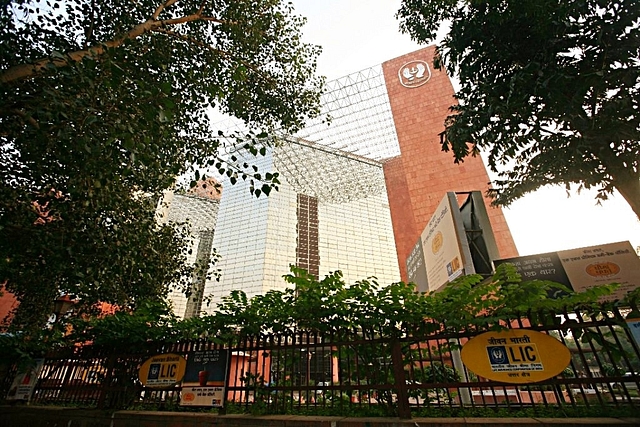
Five Priorities For LIC After IDBI Purchase: The Top One Should Be A Name Change To LIC Bank
For LIC, the real challenge is to show it can turn around IDBI Bank and make it its own crown jewel.
A turnaround has to rest on these five factors.
With the LIC board deciding yesterday (16 July) to buy a 51 per cent stake in limping IDBI Bank, the focus clearly needs to shift to how to make this acquisition work.
While it can be argued that LIC may be overpaying for this purchase, this is not a very good argument as it is not paying the government any money; rather, the preferred route to acquiring the stake is by buying additional shares in IDBI Bank through a preferential issue, which will infuse additional capital in the bank. The two main benefits for the government are that IDBI Bank is now LIC’s baby, but it retains a significant portion of the shares for future sales at a higher price in case LIC is able to turn the bank around. The government needs a minor compliment for not trying to cash its chickens before they are hatched.
There has been some talk about LIC having to make an open offer for IDBI Bank, but with just about 5 per cent of the shares outstanding, Securities and Exchange Board of India may well give it a pass. An open offer means delisting. Since the mandate from the Insurance Regulatory and Development Authority, the insurance regulator, is that LIC must gradually bring down its stake, the logical thing to do is to reduce the stake by allowing the bank to raise more capital every year from the markets. Or for government to regularly disinvest in the bank at higher prices. This way the bank will stay listed, and also gain capital clout.
The other criticism, that LIC could have chosen to buy a healthier public sector bank, is also invalid. The reality is that only IDBI Bank can be disinvested by the government without legislative changes. Hence this was the only logical step.
For the LIC, the real challenge is to show it can turn around the bank and make it its own crown jewel. A turnaround has to rest on the following pivots.
First, the bank needs to be renamed LIC Bank. It will have more credibility for the simple reason that LIC is one of India’s most trusted institutions. Just as the HDFC label helped HDFC Bank in its initial years, and also HDFC Standard Life and HDFC Mutual Fund, LIC needs to lend its name to IDBI Bank. IDBI has the looks of a loser, LIC is a potential winner.
Second, and this is the easy part, a lot of LIC’s bancassurance portfolio can be shifted or given preferentially to IDBI Bank, which has over 2,000 branches from which to sell these products. While LIC will not obviously pull its products from other banks, it can use IDBI Bank more for future sales. This will give the bank higher fee incomes, and lower dependence on lending.
Third, the bank needs to move away from branch-based business to digital avenues. In any case, there are enough LIC offices all over the country to open mini bank branches in, even while shutting down unviable branches in over-banked cities.
Fourth, LIC will have money to play around with as a lot of IDBI’s non-core assets, including land and buildings, and stakes in an insurance offshoot, can be monetised. Last year, it sold its Mumbai office building and other real estate assets to generate Rs 4,000 crore, and the bulk of this money will come in as cash flows this year. LIC will get this booty. IDBI Bank also has assets in life insurance (which are now redundant), 100 per cent stakes in asset management and capital market services companies, and smaller – but more valuable – stakes in the National Stock Exchange and the National Securities Depositary Limited (NSDL), among other things. LIC will find that there are enough resources within the company that can be encashed for future growth and capital raising plans.
Fifth, and the most important area for improvement, is obviously the bank’s high level of non-performing assets, which added up to 28 per cent of total loans in March 2018 and could get worse. The absolute figure of gross bad loans was Rs 55,588 crore, but the high share in total advances has as much to do with the bank’s shrinking loan book, which fell 6 per cent in the March quarter, as the further slippages in bad loans. Clearly, LIC needs to fix the bad loans problems first, either by selling them off at discounts and clean the books quickly, or by infusing further capital and wait to collect overdues from the insolvency and resolutions processes over time.
The bank’s future lies in growing its retail loan base, in digital banking, and in growing fee incomes from selling financial products. Having LIC as owner helps, for there is no greater retail financial player than India’s largest insurer; and no greater vendor of financial products either.
Despite the fear that it may have overpaid for IDBI Bank, LIC probably made a good purchase decision given the options before it.